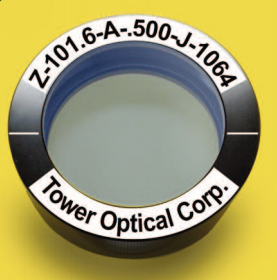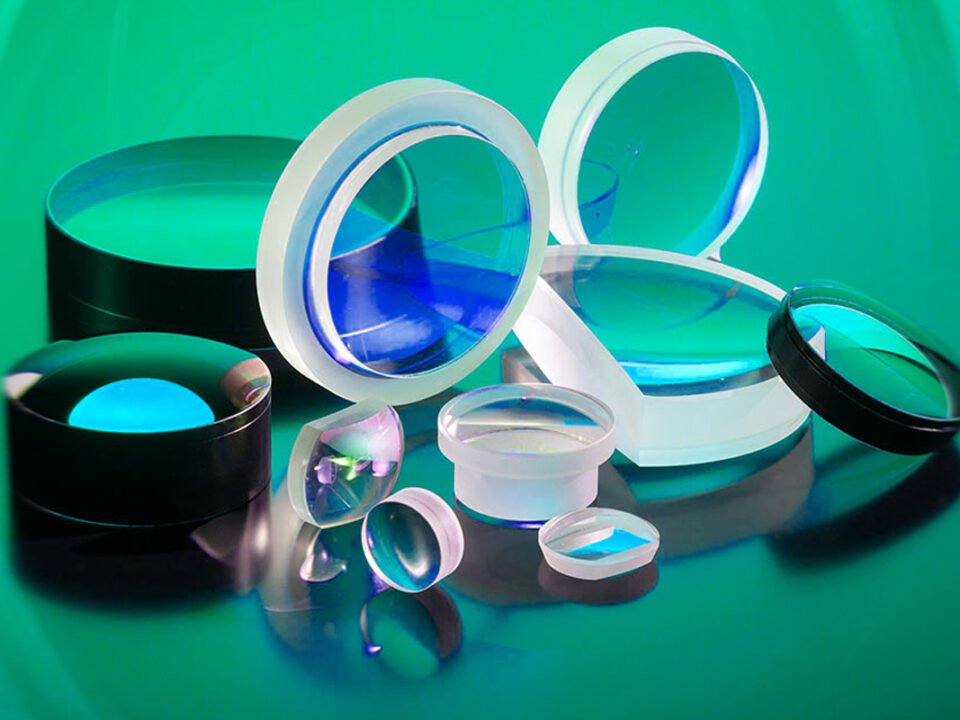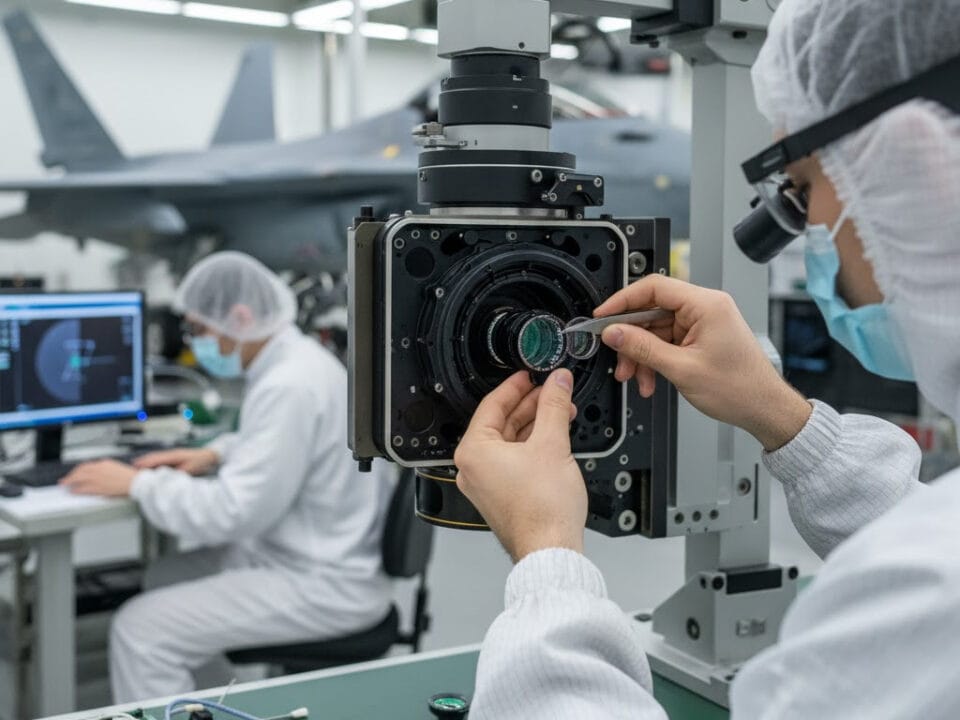Tower Optical Acquires New “Somos” Double Side Polishing Equipment
Tuesday, 25 June, 2019Tower Optical has become a member of “South Florida Manufacturers Association” – SFMA.
Thursday, 15 August, 2019
Blog extracted from the article
Bistatic laser polarimeter calibrated to 1% at visible-SWIR wavelengths.
BRIAN G. HOOVER,1,* DAVID A. RUGELY,1 CHRISTOPHER M.
FRANCIS,2 GAL ZEIRA,2 AND VICTOR L. GAMIZ2.
Read Full Article.
https://www.osapublishing.org/oe/fulltext.cfm?uri=oe-24-17-19881&id=348939.
Laser polarimeters, which in their most general form are also known as Mueller-matrix polarimeters, measure the linear response of materials and objects to polarized light. They are increasingly applied in the defense, aerospace, semiconductor, and manufacturing sectors for object and material recognition, non-destructive testing, and characterization, both in imaging and spot-scan formats. The primary advantage of a laser polarimeter, much like a multi-spectral sensor, is a high-dimensional material signature that can be obtained at high speeds and practical ranges and used to classify objects and materials with high specificity. Polarimeters classify a material according to its response to different polarization states, or oscillation patterns of the electromagnetic field, rather than different colors as in a multi-spectral or hyperspectral sensor.
Most laser polarimeters rely on birefringent crystal waveplates to modulate the polarization states of the probe and detected laser light. Accurate measurement of polarization signatures requires the waveplates to transform various input polarization states according to known formulae. In mathematical terms, the Mueller matrices of the polarimeter waveplates must be within a certain tolerance of the Mueller matrix of an ideal waveplate.
This is the most comprehensive requirement that can be imposed on waveplate optical performance.
Tower Optical Corporation provides high-quality crystal-quartz waveplates for developers of optical and laser polarization-based devices and sensors. More sophisticated device and sensor designs impose more comprehensive requirements on waveplate performance. Tower is collaborating with sensor developer and metrology specialist Advanced Optical Technologies, Inc. (“AOT”) to establish comprehensive standards for waveplate performance that will accommodate designs of next-generation polarization devices and sensors.
AOT CSTO Dr. Brian G. Hoover explained “Whereas conventional devices and sensors might be based on a single polarization transformation, say converting vertical linear polarization to horizontal linear polarization, many modern devices and sensors are based on arbitrary elliptical states, and polarization optics must perform as expected on those arbitrary inputs.” AOT has developed several laser polarimeters for the US Air Force and Army. “Over the past decade we’ve conducted comprehensive tests of waveplates
from many vendors,” Dr. Hoover continued, “and Tower’s waveplates are consistently closer to the theoretical ideal waveplate than other vendors we’ve tested.” In 2016 AOT published calibration results of a laser polarimeter it developed for over a decade at the Air Force Research Laboratory, breaking the barrier of 1% overall Mueller-matrix elemental error in arbitrary geometries and multiple laser frequencies for the first time. As emphasized in the article, this level of accuracy is only possible with waveplates that perform sufficiently close to their theoretical truths, a requirement consistently met by Tower Optical. According to Dr. Hoover, measured Mueller matrices can be used to describe polarization transformations in any possible device or sensor design. “Some commercial waveplates exhibit 5-10% deviations from theory, with some of these errors indiscernible in conventional metrics like extinction ratio. These errors can confound test and diagnostic efforts, but they go unnoticed at the vendor level because no vendor currently specifies the Mueller matrices of their polarization optics. Once a qualified vendor like Tower does so, device and sensor development will get easier and the field will grow. As the commercial value of polarization devices and sensors becomes more evident, the industry will inevitably evolve to these higher specifications.”




